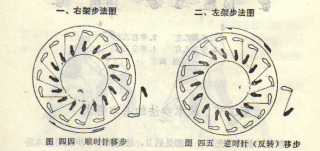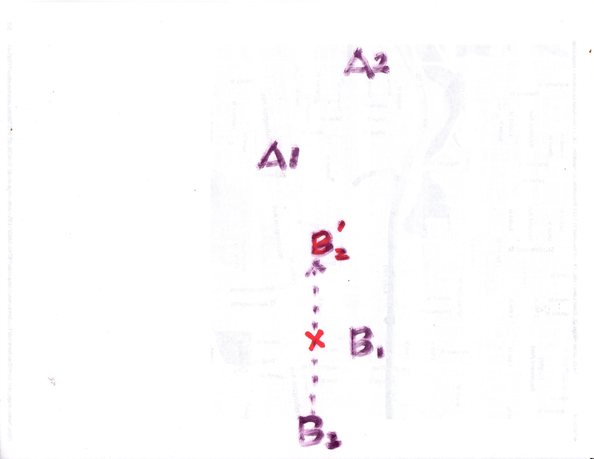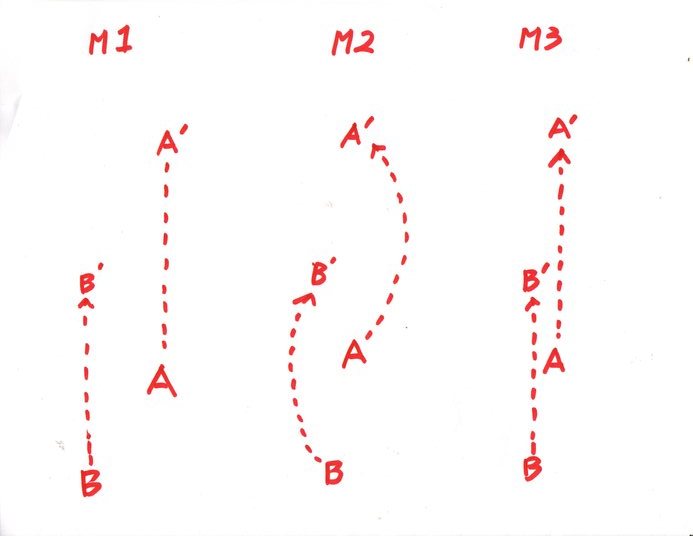This footwork that you
- Move in leading right leg.
- Slide back left leg next to right leg (side cat stance).
- Advance left leg forward.
- Right leg slide and follow (end with 4-6, or 3-7 stance).
is used in the Xing Yi, long fist, preying mantis, ... system.
All power are generated from
- bottom and up.
- back and front.
This is just general CMA guideline. All CMA systems follow this guide line.
Does WC system train this footwork?



